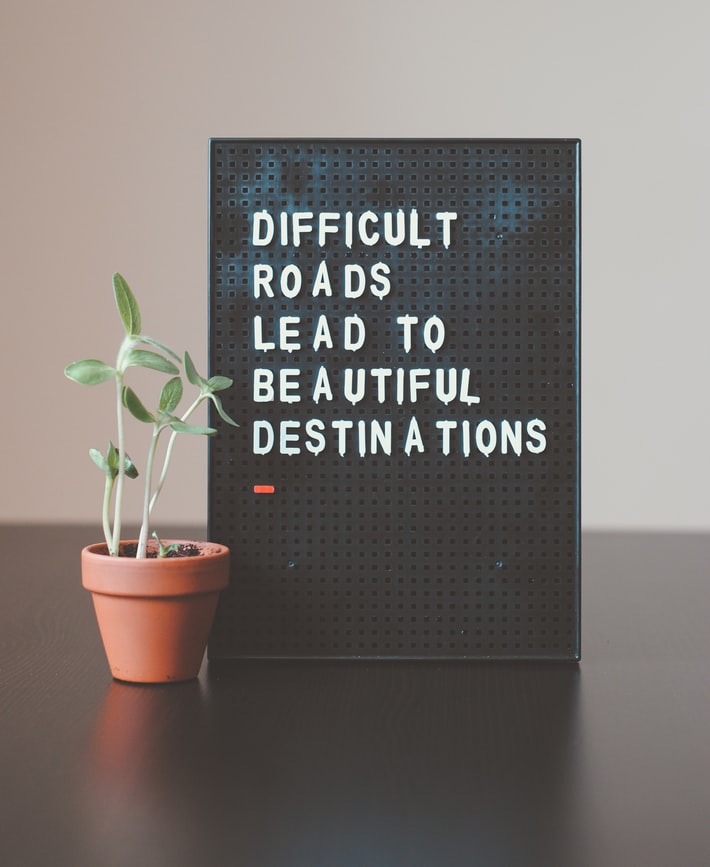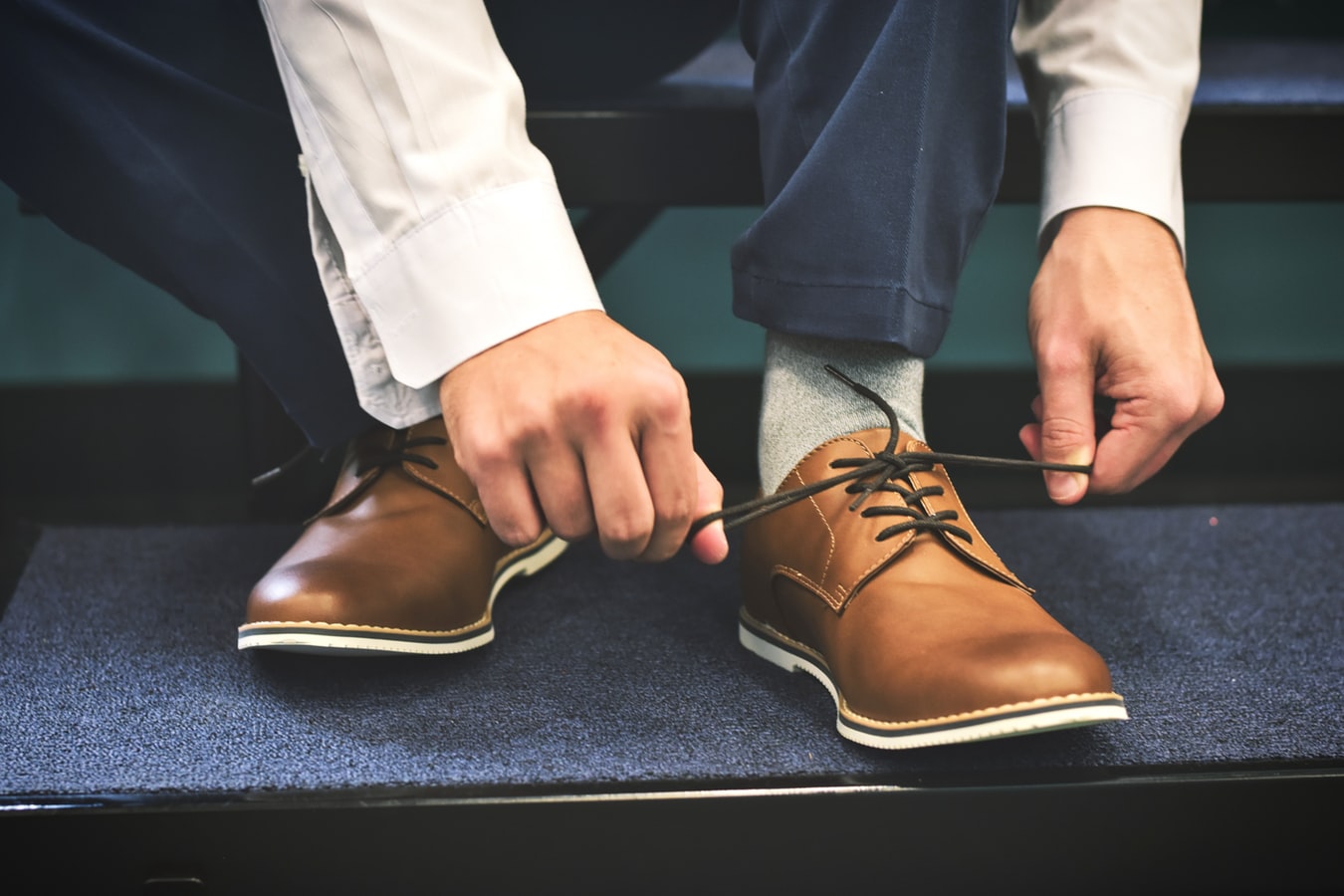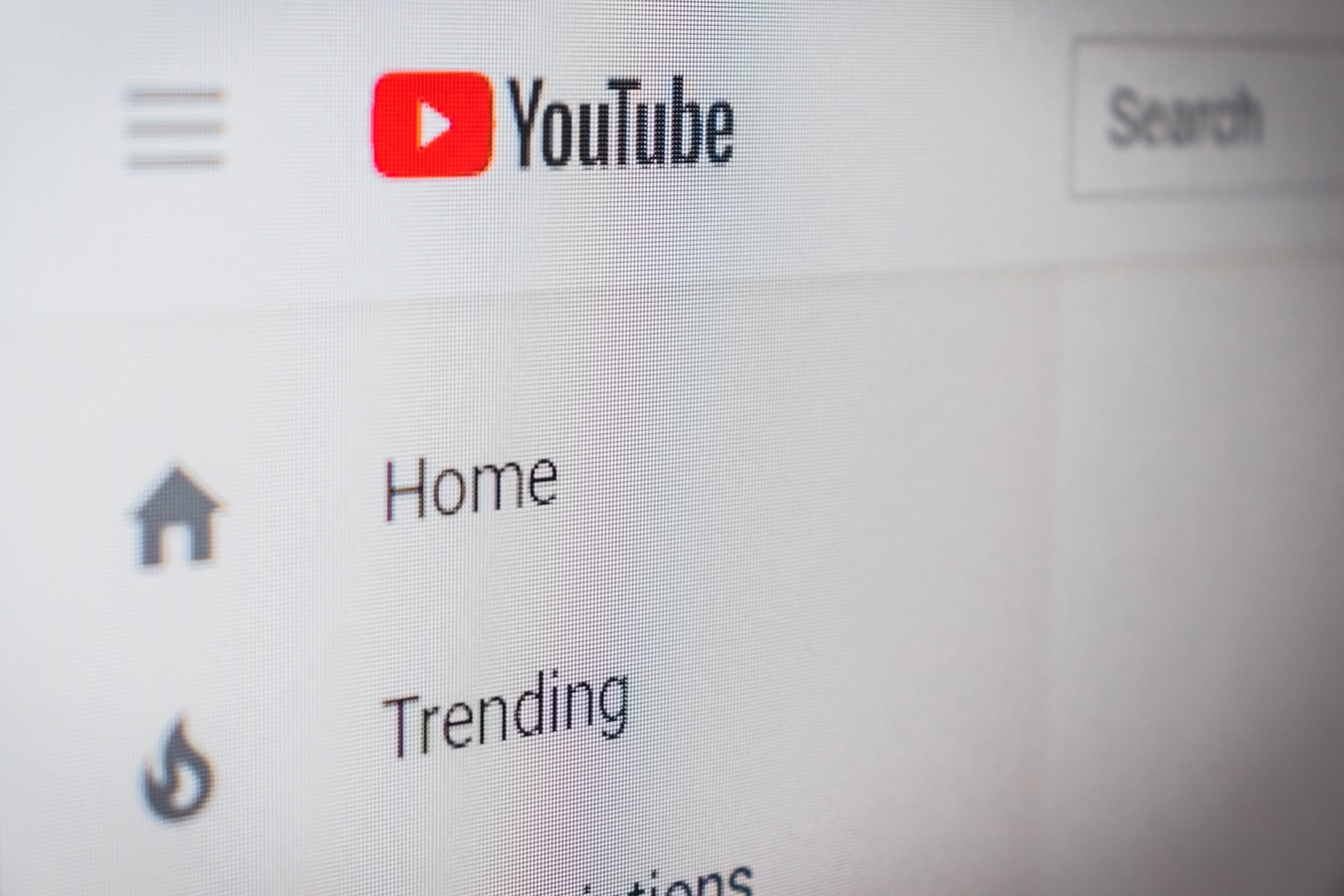Whether you are a social dancer, taking dance lessons to prepare for a wedding, a couple looking for a few moves for your first dance, or a seasoned competitive dancer, there are a few things you should know before you prepare for each lesson.

It’s not easy, otherwise everyone would do it.
Students of mine will often say that I refer to learning to dance like learning a second (or third) language.
Imagine that I brought you to a café in Sao Paulo. Would you be able to speak Portugese fluently in 20 minutes? Probably not. Could you stumble your way through ordering a coffee? Maybe, but it will all seem foreign, scary, overwhelming and maybe even a little frustrating.
Similarly, your first dance lesson can be all these things, but it is also a fun, enlightening, and exciting experience. Go into your first lesson without any expectations of how quickly you should pick up on the moves, and just enjoy the time. Just like learning a new language, practice is key. The second lesson gets easier, and the third, and the fourth.
It’s not just learning a bunch of patterns.
Sure, that’s what we put on the tin, but you’ll be learning so much more over the course of your lessons.
You’ll learn how to walk (yes, I’m serious), how to breathe, how to move your arms where and when to move your head, and how your ankle relates to your knee, hip, rib, and shoulder. We’ll talk about how to both lead and follow, and how dance is really a partnership.
If you’re having a good day, your instructor will celebrate with you, and if you’re having a bad day, we’ll be there if you need a shoulder to lean on for a bit. Partner dancing, especially ballroom dancing, is physical, mental, and emotional. For most students it is equal parts gym and therapy.

Arrive early and warm up.
If you are a returning student, this is especially important.
Plan on arriving a minimum of 15 minutes early for your appointment so that you can change, stretch, and practice. This brief warm-up time is also a great opportunity to put the stresses of the day aside and switch into a dance mindset. Most importantly it will tell your instructor that you are taking your lessons seriously and that you are eager to learn and progress.
Take notes!
All instructors will encourage students to take notes about their lessons, including choreography notes, technique tips, reminders, and other general information that students should either practice or remember. Some instructors (including myself) will also allow you to film portions of lessons for your own use. A good rule of thumb is to always ask before pulling out your iPhone, but more often than not your teacher will be happy to repeat the information so that you can have a record of your lesson.

YouTube is sometimes a dirty word
In my experience the moment a student says, “I was looking on YouTube and ….” a dance teacher’s blood pressure will begin to rise. So, let’s go ahead and translate what we mean when we say:
“I’m sure we can use elements of their routine for your dance” means that we are under a moral obligation to not steal someone else’s choreography. A great example of this is the iconic dance from Dirty Dancing. I can give you a routine that looks and feels like their dance that is set to the same music, but it will never be exactly the same. That dance is the intellectual property of choreographer Kenny Ortega and was specifically designed for Patrick Swayze and Jennifer Grey.
“I think we can certainly create a similar feel to the dance” means your reference video is a swing but your song is a waltz, so I get what you’re going for but I can’t actually teach you those exact patterns in that arrangement and still call myself an instructor.
“Can you show me the video you were using?” means you’re not doing the steps correctly and I’m almost certain that the video you stumbled across isn’t from a recognized syllabus.
“Well that is an interesting amalgamation, but we have a few patterns we need to learn first before we get there” means you are a bronze dancer and the pattern you just showed me is full gold, it’s going to be a while.
“Ah, interesting” means please don’t ever watch that channel ever again.
Before turning to the web for supplemental instruction I would first ask if you can film your lessons (see #4). Also, ask your instructor what syllabus they are using or and if they have any pages they recommend using in a pinch. I have a list of YouTube channels that I have “approved” for students to use because they come from reputable sources and are the same curriculum that I teach. If you are wanting to use a video that you’ve come across as inspiration for a wedding dance or showcase routine, understand that your instructor will do their best to take the essence of what the video conveys while interpreting it in their own unique way. No two dances are the same because no two dancers are the same.